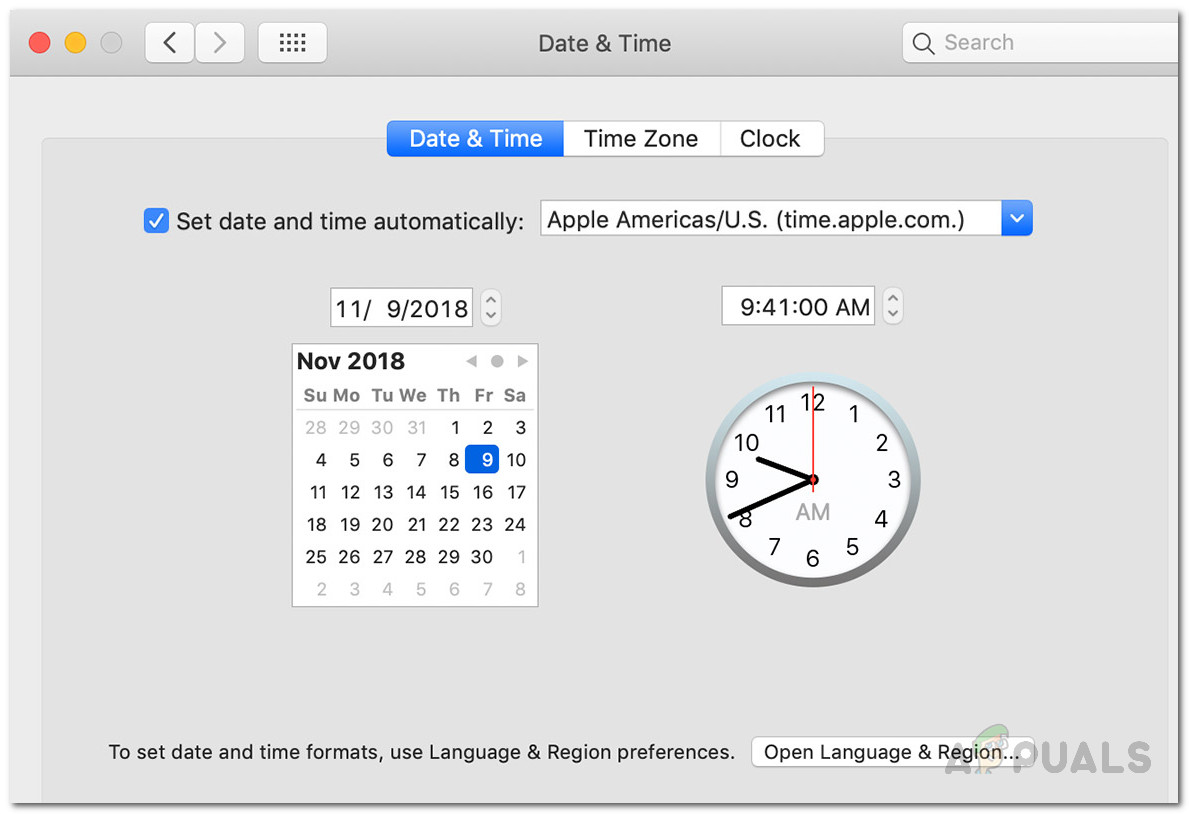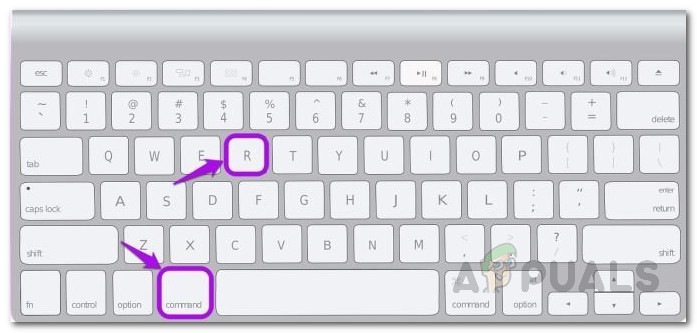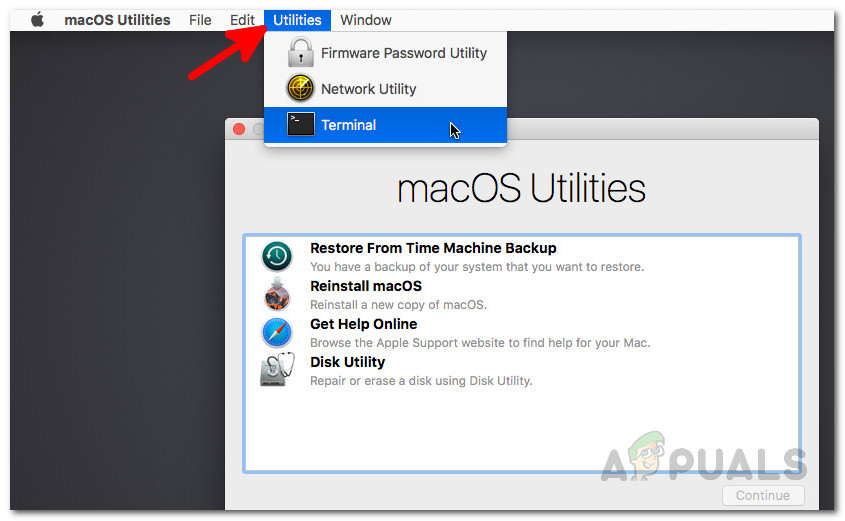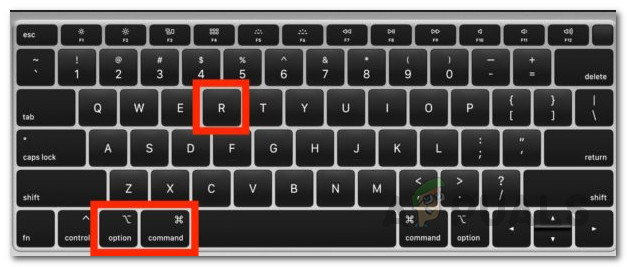How to Fix An Error Occurred While Preparing the Installation on Mac
Updates often contain various fixes and new features that everyone wishes to have. If you have been using Mac for a while, you probably know that updates usually go smoothly on Mac devices. However, in some cases, that might not be the case. The error message “An error occurred while preparing the installation” appears, as apparent from the message itself when you are trying to install a new macOS, or updating your current one. Regardless of the scenario, this error message can be really annoying and tedious.

As it turns out, the issue can in some scenarios be solved by just rebooting your Mac device. However, that may not always be the case and as a result, you will be stuck with the error message. Now, there are not many reasons due to which the issue appears, but rather the causes are very limited. We will be going through them down below so that you have a better understanding before we get into the solutions. With that said, let us get started.
- Incorrect Date and Time — One of the main reasons why this error message appears is the incorrect date and time settings. If the date and time on your device are incorrect, the installer will not be able to proceed. This is pretty common as servers often reject connections if the time and date do not sync. Therefore, to resolve this, you will have to rectify the date and time settings on your device.
- Corrupted Installer — Another cause of the said error message can be a corrupted installer. When your installer is not downloaded properly or is interrupted during the downloading process, it may get damaged or corrupted due to which your installation does not proceed. To fix this, you will just have to simply download a fresh copy of the installer.
Now that we have gone through the possible causes of the said error message, let us go through the methods that you can follow to resolve the issue. It is important to note here that in some cases, as we have mentioned, the error message can be gotten rid of with a simple reboot. Therefore, you should try restarting your device before you move on to the solutions given down below. In case the issue persists even after a reboot, follow through.
Method 1: Change Date and Time
As it turns out, when you are trying to install/upgrade your macOS, the installer tries to establish a connection to the Apple servers. Now, it is common behavior for servers to check the date and time of the connection. Therefore, if your date and time settings are incorrect, the connection is rejected as it does not sync. As a result, an error message is thrown by the installer which indicates it. Now, in order to fix the issue, you will have to obviously rectify the settings on your device before proceeding with the installation again.
There are essentially two ways that you can do this. If you are able to use your Mac normally, then you can update the date and time from the System Preferences. To do this, follow the instructions down below:
- First of all, open up the System Preferences window from the Apple menu.
- After that, make your way to the Date & Time option.
- There, check the “Set date and time automatically” option and make sure the correct region is selected from the drop-down menu in front.

Changing Date and Time - Once the date and time have been rectified, restart, and try using the installer again to see if the issue has been resolved.
In case you are not able to boot into your Mac, do not worry as you can still change your date and time. To do this, you will have to boot into macOS recovery. Follow the instructions down below:
- First of all, power off your Mac device.
- Once the device is powered off, turn it on and then press and hold down the Command + R keys.

Accessing macOS Utilities - Keep pressing the keys until you are able to see the Apple logo on your Mac’s screen.
- After that, you can let go of the keys. This will start your Mac into macOS Recovery.
- On the macOS Utilities screen, click on the Utilities option on the menu bar.
- From the drop-down menu, choose the Terminal option.

Accessing a Terminal - Once the Terminal window has opened up, you will be able to change the date and time settings.
- In case you have an active internet connection, you can enter the following command to automatically update the date and time settings:
ntpdate -u time.apple.com
- Otherwise, you will have to do it manually. The format of the date command is as follows:
date [mm][dd][HH][MM][yyyy]
- In simpler terms, this means month, day, hour, minutes, and then finally the year.
- You will have to enter this without any spaces so it will look something like this:
date 0518171215

Changing Date and Time From Terminal - To double-check, you can just enter the date command to see if it has been updated successfully. Once you have done that, you can exit the Terminal window.
- Finally, try using the installer again to see if the issue has been resolved.
Method 2: Use macOS Recovery
Another way that you can resolve the issue is by using the built-in macOS Recovery. When you boot into macOS Recovery, you can use different key combinations to different versions of macOS. We will be listing the different key combinations down below among which you can choose which suits you best. This is really simple to do, just follow the instructions given down below:
- First of all, turn your Mac off.
- Once you have done that, you can turn it back on but make sure to use one of the following key combinations:
- Command + R: This will reinstall the latest macOS version that was installed on your device.
- Option + Command + R: This key combination will update your Mac to the latest compatible macOS version available.

Mac Keyboard Combination - Shift + Option + Command + R: Finally, you can use this combination if you wish to install the version that came with your Mac device.
- When prompted, click the Reinstall macOS option to continue with the installation.

macOS Utilities
Method 3: Download Installer Again
Finally, if none of the above solutions work out for you, it could be that the installer that you are trying to use is simply corrupted or damaged. In such a scenario, what you have to do is simply download the installer again and that should fix your issue. Such problems are really common and they happen to users every now and then. Once you have downloaded the installer again, you should be good to go. Before you go ahead and download the installer again, make sure to delete the previous installer from your Mac. After that, proceed with the download.





